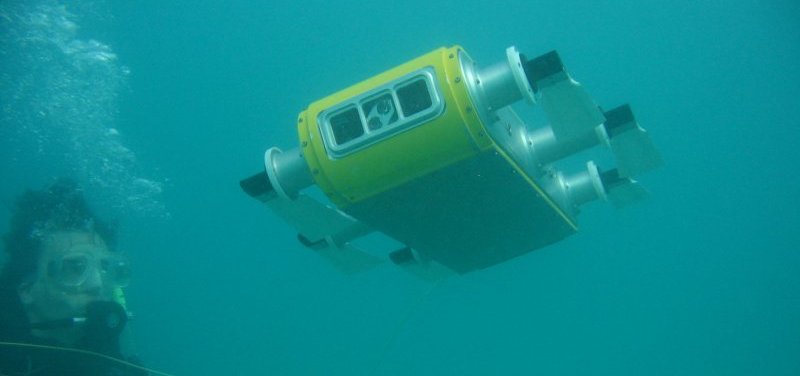Although there is an increasing interest in the study of aquatic robots, there are only a few successfully built aquatic robots. This is because of the challenging environment they work and also because electricity and electronics essentially do not like water. Making a robot to work in water generally ends up in undesirable failures. However if you are interested in building a robot to manoeuvre in a local pond or your swimming pool, then you are still in good hope given that building a robot to submerge less than 10mts is considerably easier.
There are a few challenges you need to overcome before designing an aquatic robot. The first challenge in creating an aquatic robot is to make all the electronics waterproof. There are many ways by which electronics can be made waterproof. One method is enclosing all the circuits and electronics in air- tight container or enclosing the circuits in oil filled containers which resists water inflow. Differential drive technique works best on these aquatic robots and driving force can be tails, fins, thrusters, wings, thrusters, paddles, paddle wheels, air pumps etc., based on your robot design. Aquatic robots include robots that sail, submerge or crawl under water.
Aquana – Navy robot
Aquana the robot boat product developed by EDUPRIME floats over water and are not designed to submerge in water. This is the easiest form of aquatic robot as it does not involve complex waterproofing of electronics as most of electronics can still stay away from water. It is manoeuvred using a Remote-control robot with a water canon on-board which too is remote controlled. It will be used in the Robotics Olympiad 2014 for the first time ever in India.
